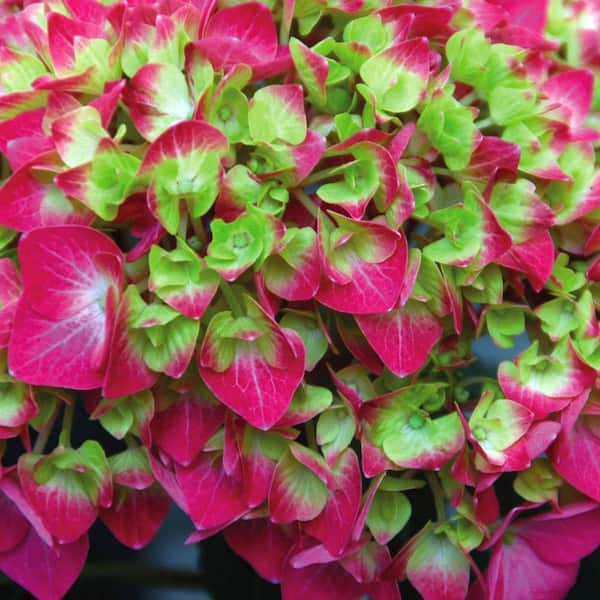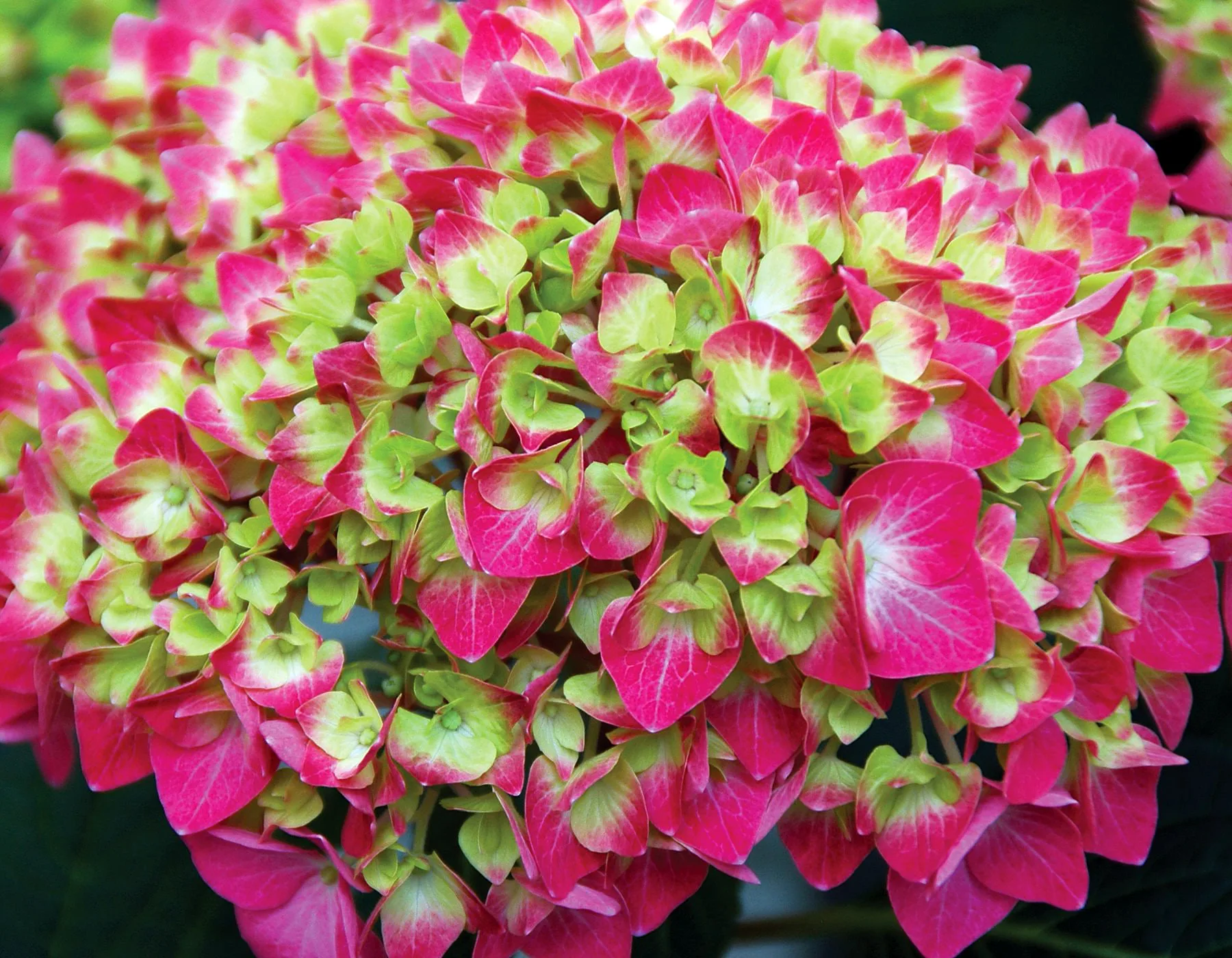Lime Lovebird Hydrangeas: The Ultimate Guide To Growing And Enjoying These Stunning Blooms
Lime Lovebird Hydrangeas are a relatively new variety of hydrangea, but they have quickly become one of the most popular. These stunning blooms are known for their bright lime green color, which can fade to a soft pink or peach in the fall. Lime Lovebird Hydrangeas are also known for their large, fluffy blooms, which can reach up to 12 inches in diameter.
If you're thinking about adding Lime Lovebird Hydrangeas to your garden, here is the ultimate guide to growing and enjoying these stunning blooms.
Choosing the right location
Lime Lovebird Hydrangeas are a sun-loving plant, so they will need to be planted in a spot that gets at least 6 hours of sunlight per day. They also prefer well-drained soil, so be sure to amend your soil with compost or peat moss before planting.
Planting
Lime Lovebird Hydrangeas can be planted in the spring or fall. When planting, dig a hole that is twice as wide and as deep as the root ball. Backfill the hole with soil, being careful not to pack it too tightly. Water the plant well after planting.
Watering
Lime Lovebird Hydrangeas need regular watering, especially during the first year after planting. Once they are established, they can tolerate some drought, but they will still need to be watered during hot, dry weather.
Fertilizing
Lime Lovebird Hydrangeas should be fertilized once a year in the spring. Use a balanced fertilizer, such as 10-10-10, and follow the directions on the label.
Pruning
Lime Lovebird Hydrangeas do not need to be pruned heavily. However, you may want to remove any dead or diseased branches in the spring. You can also prune the plant to shape it or to encourage more blooms.
Overwintering
Lime Lovebird Hydrangeas are hardy in USDA zones 5-9. In colder climates, they may need to be protected from the cold by covering them with a burlap sack or evergreen boughs.
Enjoying your Lime Lovebird Hydrangeas
Lime Lovebird Hydrangeas are a beautiful addition to any garden. Their bright lime green blooms will brighten up your yard in the summer, and their fall colors are simply stunning. With proper care, your Lime Lovebird Hydrangeas will thrive for years to come.
Lime lovebird hydrangea is a beautiful and unique plant that is sure to add a touch of elegance to any garden. These hydrangeas have large, lime green blooms that resemble the feathers of a lovebird. They are a relatively easy plant to care for, and they will thrive in full sun to partial shade.
If you are interested in learning more about lime lovebird hydrangeas, I suggest you visit . This website has a wealth of information about this plant, including its care requirements, planting instructions, and pest and disease control. You can also find photos and videos of lime lovebird hydrangeas in bloom.
FAQ of lime lovebird hydrangea
Question 1: What is lime lovebird hydrangea?
Answer: Lime lovebird hydrangea is a type of hydrangea that is known for its lime green flowers. It is a deciduous shrub that can grow up to 6 feet tall and 5 feet wide. Lime lovebird hydrangea blooms in the summer and fall, and its flowers can last for several weeks.
Question 2: How do I care for lime lovebird hydrangea?
Answer: Lime lovebird hydrangea is a relatively easy plant to care for. It prefers full sun to partial shade and moist, well-drained soil. It is important to water lime lovebird hydrangea regularly, especially during the summer months. You should also fertilize it once a year in the spring.
Question 3: How do I propagate lime lovebird hydrangea?
Answer: Lime lovebird hydrangea can be propagated by cuttings or division. To propagate by cuttings, take 4-6 inch cuttings in the spring or fall. Dip the cuttings in rooting hormone and plant them in a pot of well-draining soil. Keep the soil moist and the cuttings in a warm, shady spot. The cuttings should root in about 4-6 weeks.
To propagate by division, dig up a mature lime lovebird hydrangea in the spring or fall. Use a sharp knife to divide the root ball into two or three sections. Replant the divisions in their own pots or in the ground.
Question 4: What are some common pests and diseases of lime lovebird hydrangea?
Answer: The most common pests of lime lovebird hydrangea are aphids, scale, and spider mites. These pests can be controlled with insecticidal soap or neem oil. The most common diseases of lime lovebird hydrangea are leaf spot and powdery mildew. These diseases can be prevented by watering the plant regularly and avoiding overhead watering. If the plant does get infected, you can treat it with a fungicide.
Question 5: What are some tips for planting lime lovebird hydrangea?
Answer: Here are some tips for planting lime lovebird hydrangea:
- Choose a location that gets full sun to partial shade.
- Amend the soil with compost or manure before planting.
- Plant the hydrangea at the same depth it was growing in the pot.
- Water the hydrangea well after planting.
Image of lime lovebird hydrangea
5 different images of "lime lovebird hydrangea" from Pinterest:
A beautiful bloom of lime lovebird hydrangea, with its delicate petals and vibrant color.
A lime lovebird hydrangea shrub, with its lush green leaves and cascading blooms.
A vase of lime lovebird hydrangea, with its bright flowers and elegant stems.
A lime lovebird hydrangea in a garden, with its vibrant blooms adding a touch of color to the landscape.
A close-up of a lime lovebird hydrangea, with its delicate petals and intricate details.





Post a Comment for "Lime Lovebird Hydrangeas: The Ultimate Guide To Growing And Enjoying These Stunning Blooms"